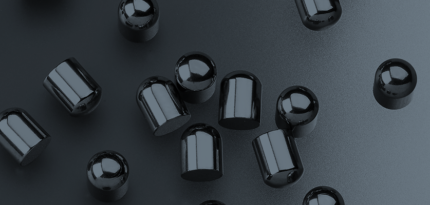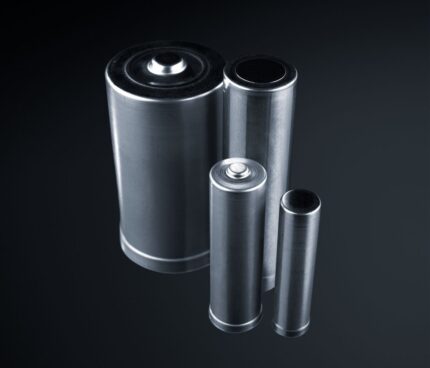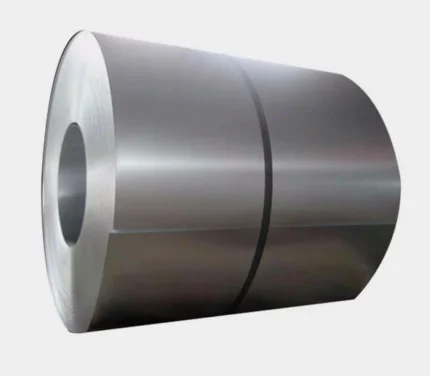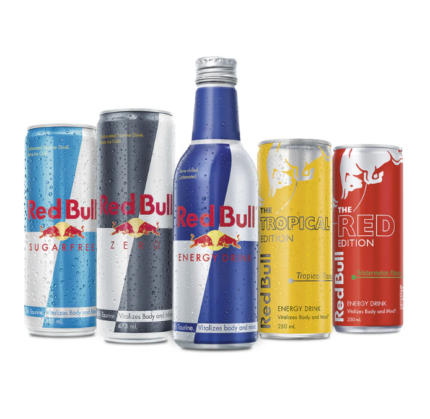Description
What is stainless steel ?
Stainless steel is the generic name for a number of different steels used primarily for
their resistance to corrosion. The one key element they all share is a certain
minimum percentage (by mass) of chromium: 10.5%. Although other elements,
particularly nickel and molybdenum, are added to improve corrosion resistance,
chromium is always the deciding factor. The vast majority of steel produced in the
world is carbon and alloy steel, with the more expensive stainless steels representing
a small, but valuable niche market.
What causes corrosion?
Only metals such as gold and platinum are found naturally in a pure form – normal
metals only exist in nature combined with other elements. Corrosion is therefore a
natural phenomena, as nature seeks to combine together elements which man has
produced in a pure form for his own use. Iron occurs naturally as iron ore. Pure iron
is therefore unstable and wants to “rust”; that is, to combine with oxygen in the
presence of water. Trains blown up in the Arabian desert in the First World War are
still almost intact because of the dry rainless conditions. Iron ships sunk at very great
depths rust at a very slow rate because of the low oxygen content of the sea water .
The same ships wrecked on the beach, covered at high tide and exposed at low tide,
would rust very rapidly. For most of the Iron Age, which began about 1000 BC, cast
and wrought iron was used; iron with a high carbon content and various unrefined
impurities. Steel did not begin to be produced in large quantities until the nineteenth
century. Carbon steel can be defined as an alloy of a small content of carbon
combined with well refined iron. Despite its various additions stainless steel still
behaves as steel, it is not like the nickel alloys that are really alloys of a number of
different metals, iron only being one. Even highly alloyed stainless steel grades such
as 316 are a minimum of 62% iron.
Carbon steels without any protection will form a coating of rust which will in a sense
protect the rest of the steel. So constantly removing the rust exposes a new fresh
layer of steel to be attacked. This is called general corrosion. Various coatings will
impede the rusting process, in particular painting, coating with zinc (galvanised steel),











